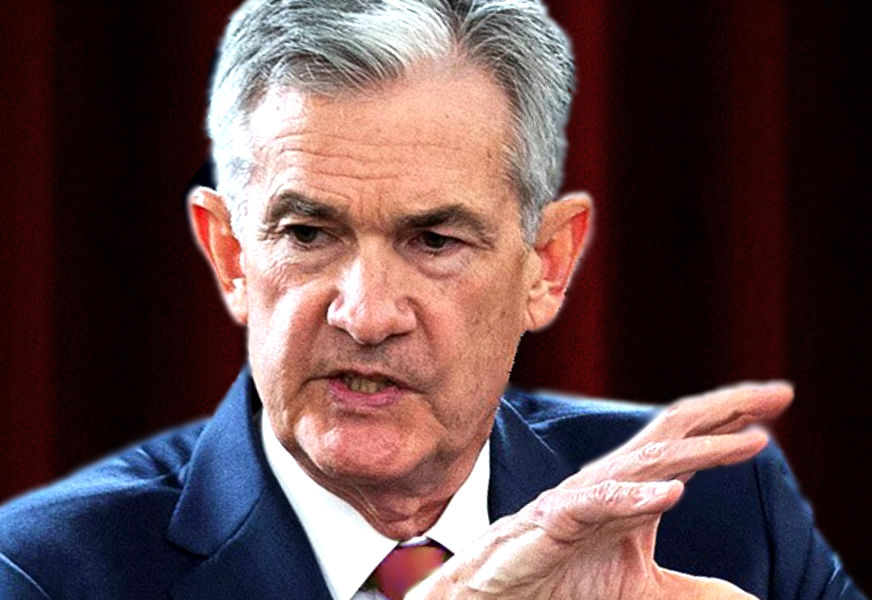
The federal bank regulatory agencies today announced that the temporary change to the supplementary leverage ratio, or SLR, for depository institutions issued on 2020, will expire as scheduled on March 31, 2021. The temporary change was made to provide flexibility for depository institutions to provide credit to households and businesses in light of the COVID-19 event.
Speaking at the press conference of the Federal Open Market Committee on Wednesday, chair of the Federal Reserve, Jay Powell, had deflected a question on the impact of the supplementary leverage ratio, a measurement that determines the risk investment banks can carry, which had been loosened last year.
“We’ll have something to announce on that in coming days,” he said.
On 1 April 2020, announced a “temporary change” to the supplementary leverage ratio rule it held, in order to exclude US Treasury securities and deposits at Federal Reserve banks from the calculation of the rule for holding companies, which it said would be in effect until 31 March, 2021.
“Liquidity conditions in Treasury markets have deteriorated rapidly, and financial institutions are receiving significant inflows of customer deposits along with increased reserve levels,” it said in a statement at the time. “The regulatory restrictions that accompany this balance sheet growth may constrain the firms’ ability to continue to serve as financial intermediaries and to provide credit to households and businesses. The change to the supplementary leverage ratio will mitigate the effects of those restrictions and better enable firms to support the economy.”
The Board of the Federal Reserve made the allowance so that banks could expand their balance sheets, having already more than doubled their capital and liquidity levels over the previous decade, so they could function more easily as financial intermediaries by taking risk onto balance sheets as market makers.
“The supplementary leverage ratio generally applies to financial institutions with more than US$250 billion in total consolidated assets,” The Fed added. “It requires them to hold a minimum ratio of 3 percent, measured against their total leverage exposure, with more stringent requirements for the largest and most systemic financial institutions. The change would temporarily decrease tier 1 capital requirements of holding companies by approximately 2 percent in aggregate.”
Powell was also asked about the potential for tapering of asset purchasing programmes put in place by the central bank, however he talked this possibility down.
“We’ve said that we would continue asset purchases at this pace, until we see substantial further progress, and that’s actual progress, not forecast progress,” he said. “And that’s a difference from our past approach. And what we mean by that is pretty straightforward. It is we want to see that labour market conditions have made substantial progress toward maximum employment, and inflation has made substantial progress toward the 2 percent goal. That’s what we’re going to want to see… We also understand that we will want to provide as much advance notice of any potential taper as possible.”
©TheDESK 2021
©Markets Media Europe 2025













